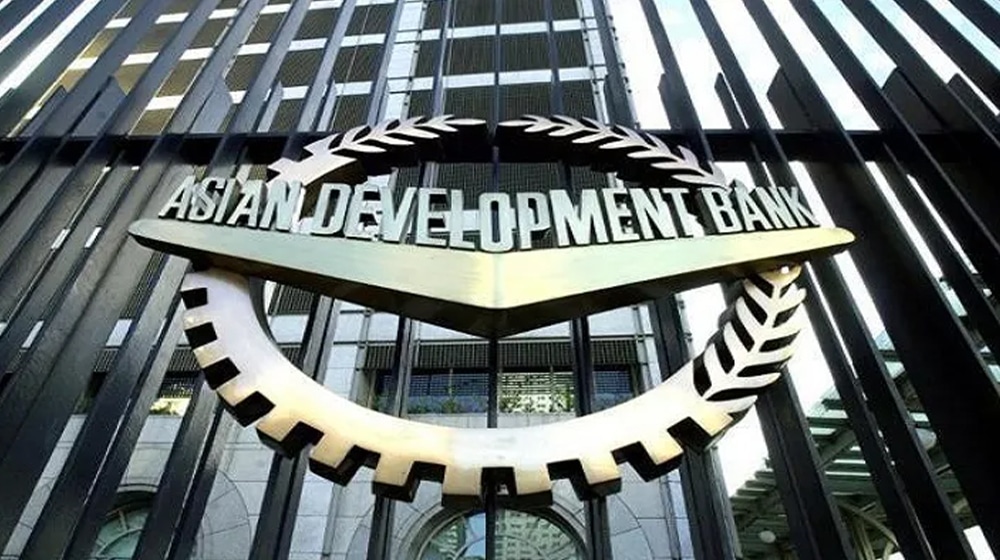Pakistan’s economic outlook for the fiscal year 2023 (ending 30 June 2023) has deteriorated under heavy flooding that began in mid-June, says the Asian Development Bank (ADB).
The Bank in its report “Asian Development Outlook (ADO), global gloom dims Asian prospects”, noted that Pakistan’s economy was already struggling to regain macroeconomic and fiscal stability before the floods, which have adversely affected cotton, rice, and other important crops. As wheat is usually planted from mid-October, flood damage threatens the upcoming agricultural season as well.
Further, the flooding is expected to have spillover effects on the industry, notably textiles and food processing, and on services, in particular wholesale trade and transportation.
Flood disruption and damage are expected to slow real GDP growth in combination with a tight monetary stance, high inflation, and an unconducive global environment.
The inflation projection for South Asia is increased marginally for 2022 from 8.1 percent to 8.2 percent and more substantially for 2023 from 7.4 percent to 7.9 percent.
The sub-regional revision for 2023 largely reflects higher inflation forecasts for Bangladesh, Nepal, Pakistan, and Sri Lanka. Inflation forecasts for elsewhere in the sub-region in 2023 remain unchanged. Inflation in India is still expected to rise to 6.7 percent in the fiscal year 2022 before falling back to 5.8 percent.
Inflation forecasts for Sri Lanka are revised up for both 2022 and 2023, reflecting persistent market shortages, contractionary fiscal policy, intensifying external pressures, and higher global energy and food prices.
The FY23 forecast for Pakistan is revised to reflect a weaker currency, higher domestic energy prices, and flood-related crop and livestock losses and supply disruption, which has caused transitory food shortages and price spikes.
Transportation difficulties have exacerbated these shortages and disrupted other domestic supply chains, broadening inflationary pressures and imposing production challenges.
The FY23 forecast for inflation in Bangladesh is sharply raised to account for several factors: a worsening outlook for agriculture following losses from flash floods and Cyclone Sitrang; the effects of currency depreciation on prices for imported products; rising global prices for food, fuel, fertilizer, and other commodities; administered oil and natural gas price hikes; and expected increases in retail electricity prices.
The South Asian forecast for 2022 is maintained at 6.5 percent but revised down marginally for 2023 from 6.5 percent to 6.3 percent following a slowdown in Bangladesh and flooding in Pakistan.
The subregional revision for 2023 largely reflects lower forecasts for Bangladesh and Pakistan. In Bangladesh, recovery is hampered by external imbalances and unexpectedly high inflation. In Pakistan, floods that began in mid-June have dampened economic activity already affected by stabilization efforts to tackle sizable fiscal and external imbalances and double-digit inflation.





















